“It’s time to play the music! It’s time to light the lights! It’s time to meet the Muppets at Walt Disney World tonight!” At least, it could’ve been…
Today, our Possibilityland series turns to the Disney-MGM Studios as it existed upon its opening in 1989 – underbuilt and not quite ready for show time – and the pet project of then-CEO Michael Eisner that would’ve plussed the park with an entire themed land around the timeless and evergreen cast of Jim Henson’s inspirational, celebrational, Muppetational creations… In the early 1990s, Disney-MGM Studios was due to get its first large-scale expansion: Muppet Studios.
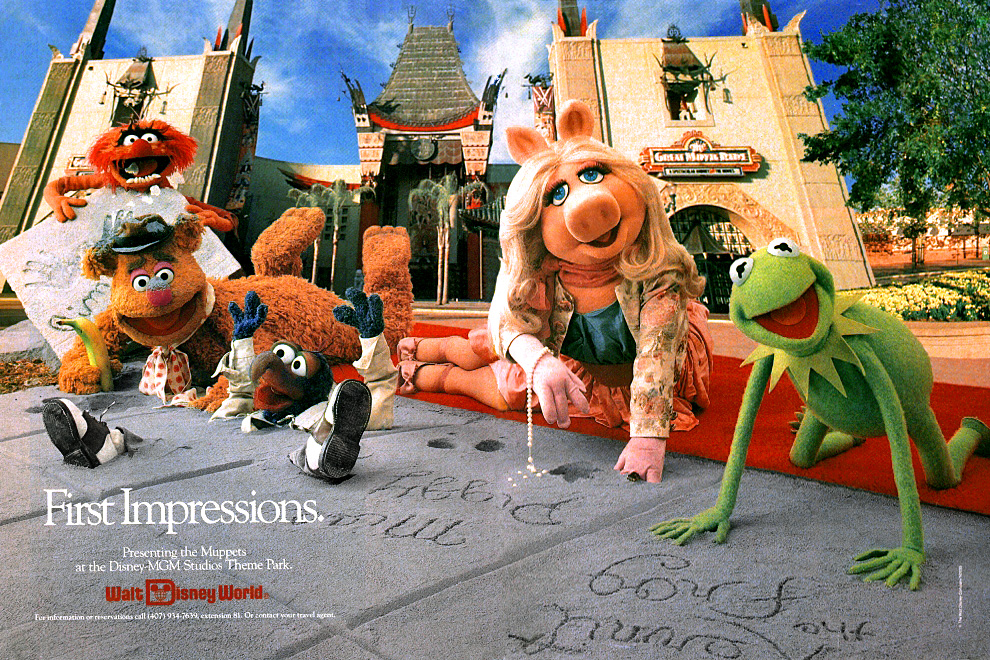
What happened to derail this incredible themed land? Where did its DNA turn up? What’s next for Disney’s most wacky intellectual property? What do you get when you put chocolate pudding in your mother’s shoes? All will be revealed as we dig into the lost concept that could’ve powered up Disney’s movie park.
And before we head off, remember that you can unlock rare concept art and audio streams in this story, access over 100 Extra Features, and recieve an annual Membership card and postcard art set in the mail by supporting this clickbait-free, in-depth, ad-free theme park storytelling site for as little as $2 / month! Become a Park Lore Member to join the story! Until then, let’s start at the beginning…
Tinseltown dreams
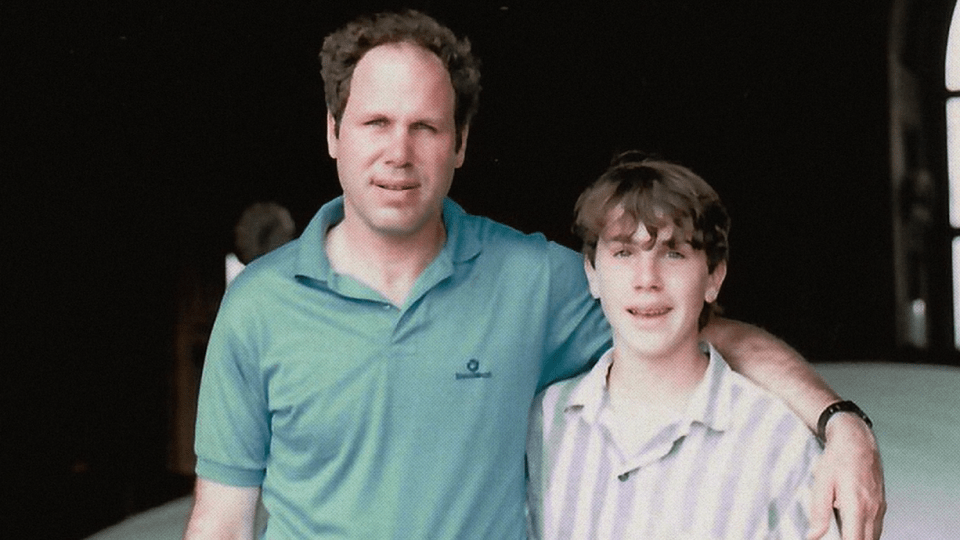
The story of the never-built Muppet Studios shares an origin story with many of our Lost Legends, Declassified Disasters, and Possibilityland entries: one man, Michael Eisner. Well… two men, if you include his preteen son, Breck. After all, it was Breck’s disinterest in a trip to Disneyland that changed Eisner’s perception right out the gate.
From his first weeks with the company, Eisner was determined to embed himself in Imagineering – the part of the company he admitted to knowing the least about. With Breck in tow, he set out to the Imagineering headquarters in Glendale with the intention of green-lighting projects that caught his thrill-seeking son’s eye. More to the point, he wanted to introduce Imagineers to his cinematic style – his plan to turn Disney Parks into places where guests would find the characters and stories that mattered to modern audiences… even if they weren’t Disney movies!
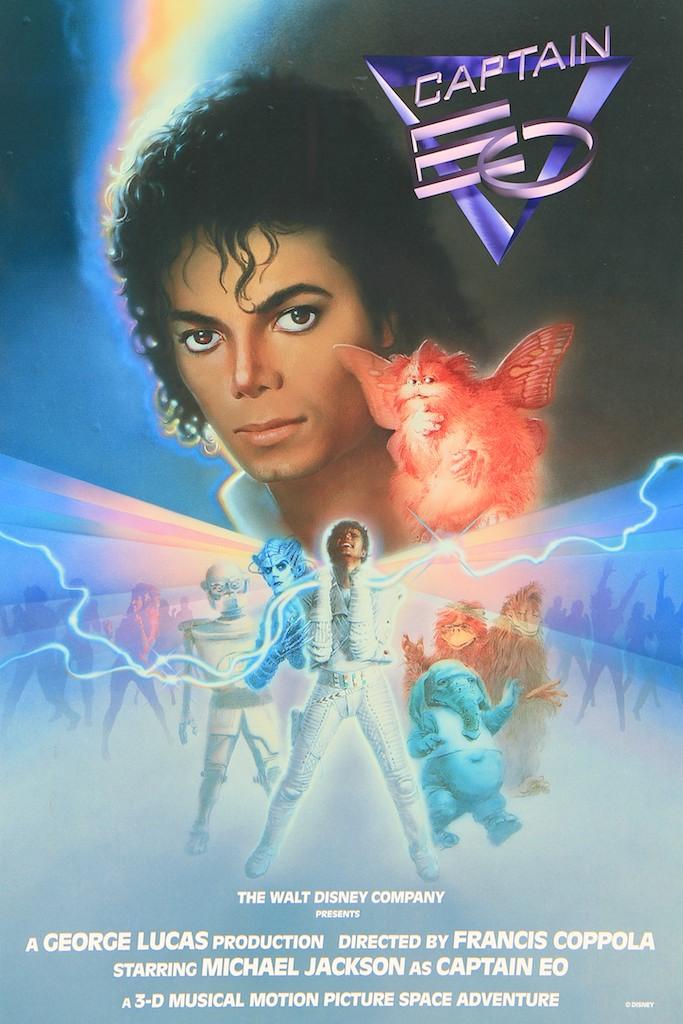
Of course, the “Ride the Movies” era was born. Eisner’s Hollywood history made it easy for him to call up industry contacts like George Lucas (for whom he’d personally green-lit Raiders of the Lost Ark during his time as CEO of Paramount Pictures). With Lucas and Godfather director Francis Coppola on board, Eisner’s first push to add a little star power and pop culture pull to Disney Parks was the Michael Jackson-helmed Lost Legend: Captain EO.
It was followed by the Lost Legend: Star Tours – a major milestone in the parks’ transformation into modern, cool, and thrilling places to regain their cultural relevance. Put simply, Eisner’s attempt to revive Disney Parks using meaningful, modern, and cool intellectual properties worked.
This (and the threat of Universal Studios building a park in Disney World’s backyard) was the proof needed to justify Eisner’s next coup: an entire theme park dedicated to movies, cinema, Hollywood, and seeing “behind the scenes.”
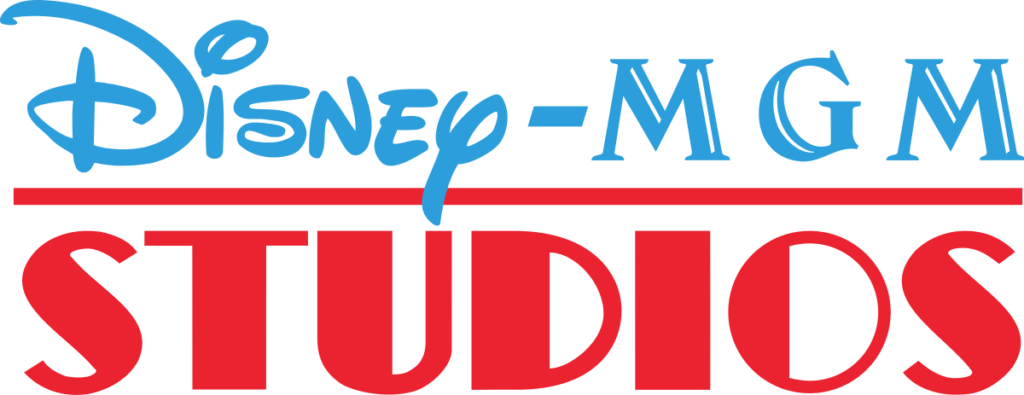
The Disney-MGM Studios opened May 1, 1989 as Walt Disney World’s third theme park. Miniscule by Disney’s standards, the tiny park had but two rides: first, the Lost Legend: Great Movie Ride that whisked guests through a century of filmmaking aboard an epic 20-minute dark ride of EPCOT Center proportions, and the Declassified Disaster: The Backstage Studio Tour whisking guests through real (but mostly unused) production facilities.
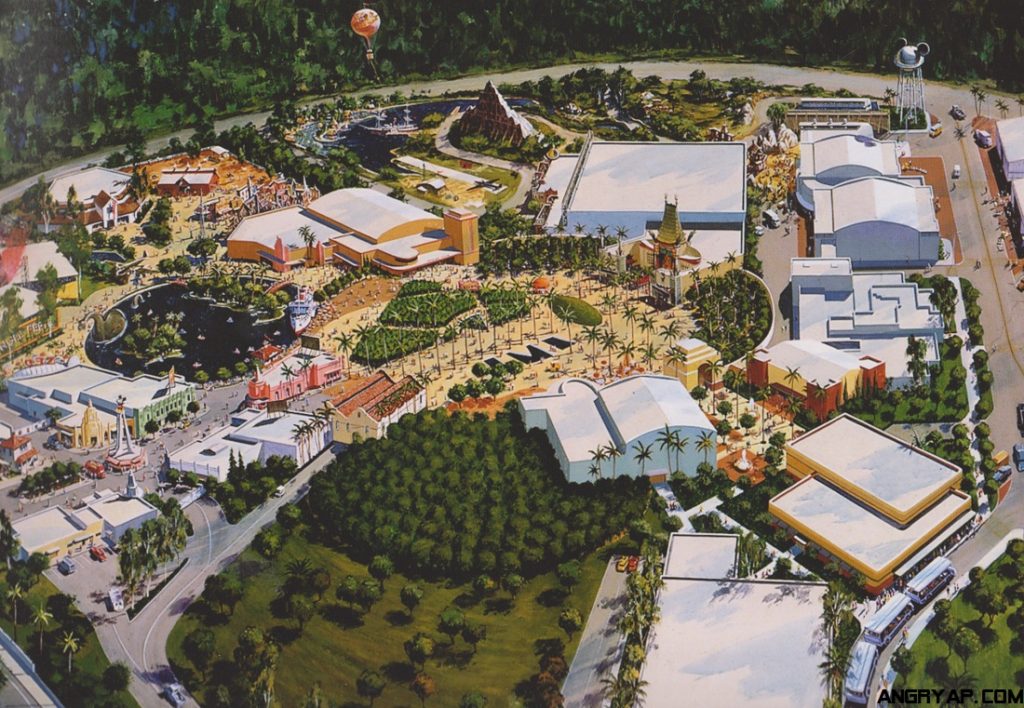
And expectedly, exit surveys showed that visitors liked the Disney-MGM Studios, but one resounding comment repeated: it needed more to do.
Luckily, Eisner was on it. Famous for his laser-like focus and near obsession with projects he deemed his own, the CEO now set his sights on acquiring yet another outside intellectual property for his movie park…
The apple of Eisner’s eye
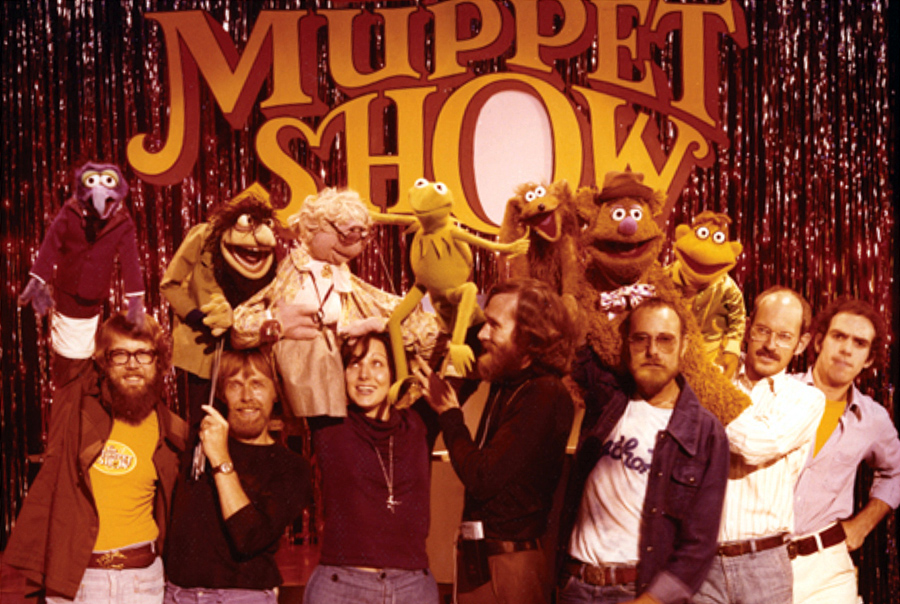
Disneyland Park opened in 1955. That very same year is credited as the birth of another American cultural institution: The Muppets.
A portmanteau of “marionette” and “puppet,” these colorful creatures were created by puppeteer, artist, voice actor, cartoonist, inventor, screenwriter, and director Jim Henson. Though it began with Kermit the Frog and Rowlf the Dog on Washington D.C.’s local cable channel, the Muppet family gained new life year after year after year, culminating in the 1976 debut of The Muppet Show (above) adding familiar faces like Miss Piggy, Fozzie Bear, Gonzo, and Animal in a unique sketch comedy hour that took the world by storm.
The 1980s followed with The Muppet Movie, The Great Muppet Caper, and The Muppets Take Manhattan further cementing the zany characters as American icons.
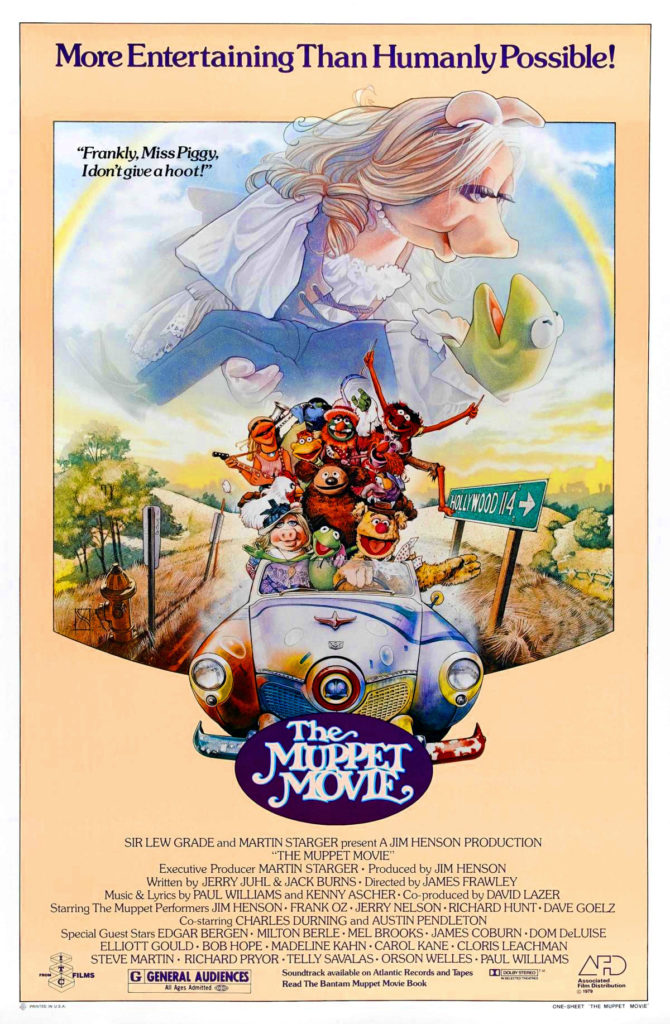
In 1989, just as the Disney-MGM Studios opened, Eisner began talks with Henson about Disney outright acquiring Jim Henson Productions for $150 million. Eisner wanted to own the Muppets outright, and to acquire Sesame Street as well.
According to insiders, Henson was agreeable on most terms and thought highly of stepping back from the business to instead let Disney handle the numbers while he remained on board as a lead creative consultant. However, given that Henson himself only owned 50% of Sesame Street, any deal with Disney would be for the Muppets characters only.
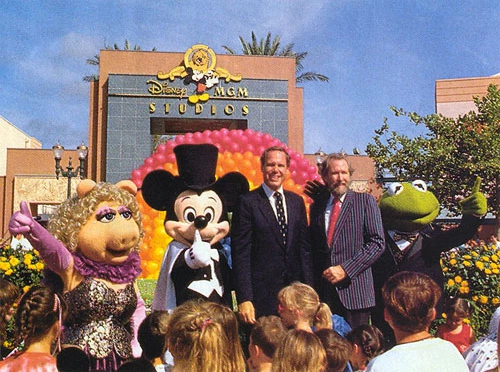
While neither Henson nor Disney were ready to sign on the dotted line, the two entities decided to provisionally move forward with Muppets-themed projects for the new Disney-MGM Studios, in just the same way Disney had partnered with Lucas for Star Tours. Jim Henson was even on-hand at the grand opening of the Disney-MGM Studios to represent the emerging partnership.
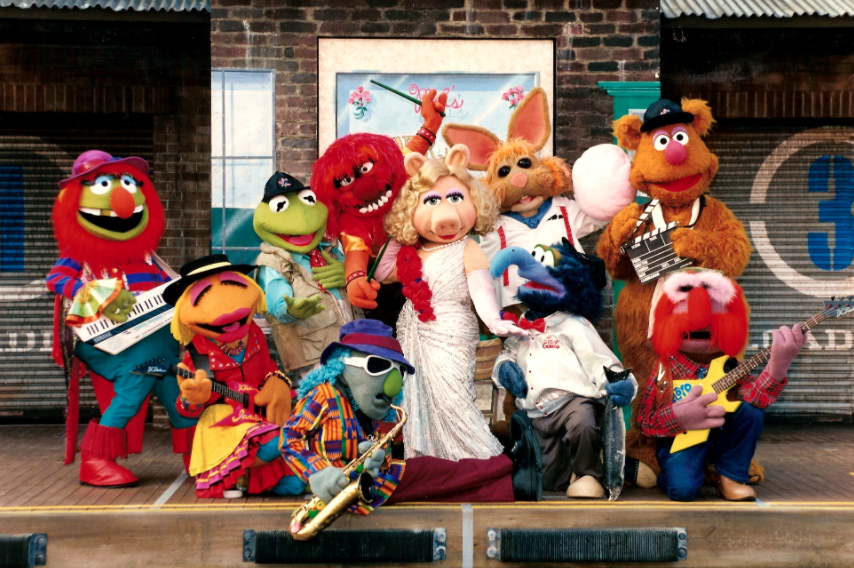
While the live stage show “Here Come the Muppets” would debut at the park around its first anniversary in 1990 followed by the impromptu “Muppets On Location: Days of Swine and Roses” street show, the short-lived experiences were merely placeholders. Disney and Jim Henson Productions were underway creating something big.
Sure, production had already begun on a 3D extravaganza that would give the Muppets a more permanent attraction at Walt Disney World… but that was only the beginning. Disney and Henson’s magnum opus would be an entire backlot overseen by the characters. On the next page, we’ll step into this exciting new land and see the animatronic rats, Frankenstein monsters, flying pigs, explosions, and Muppetational mayhem that would’ve been waiting within…


